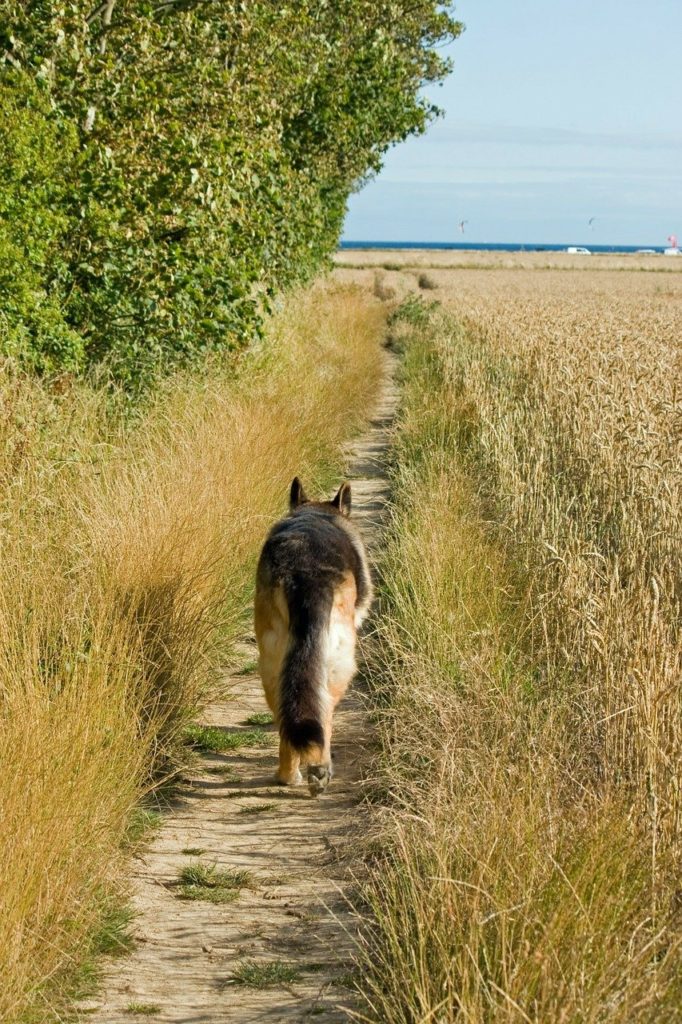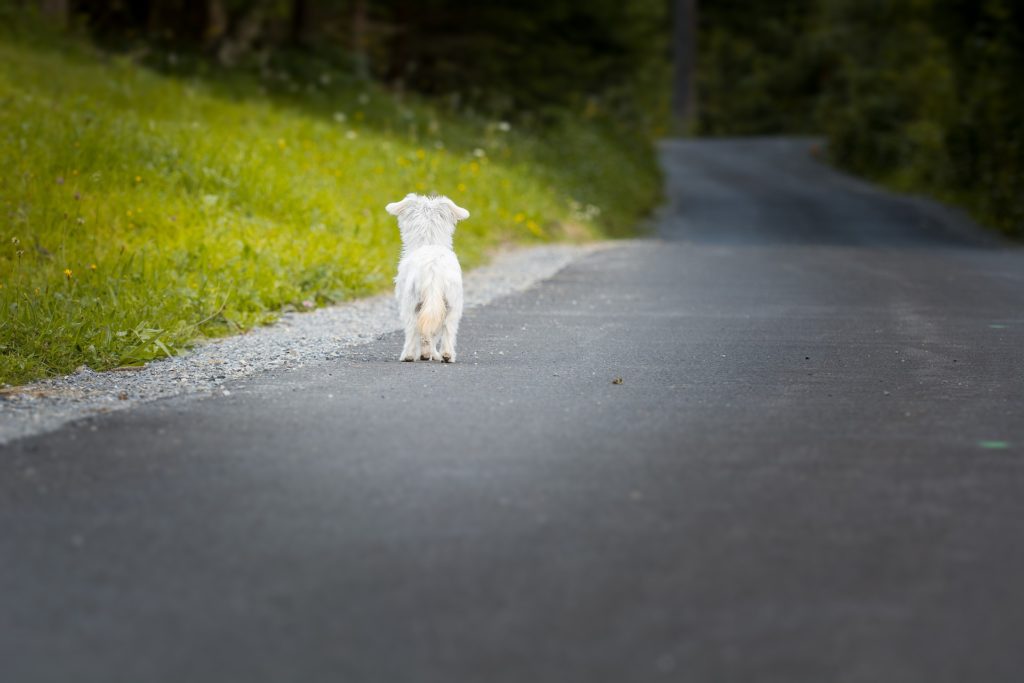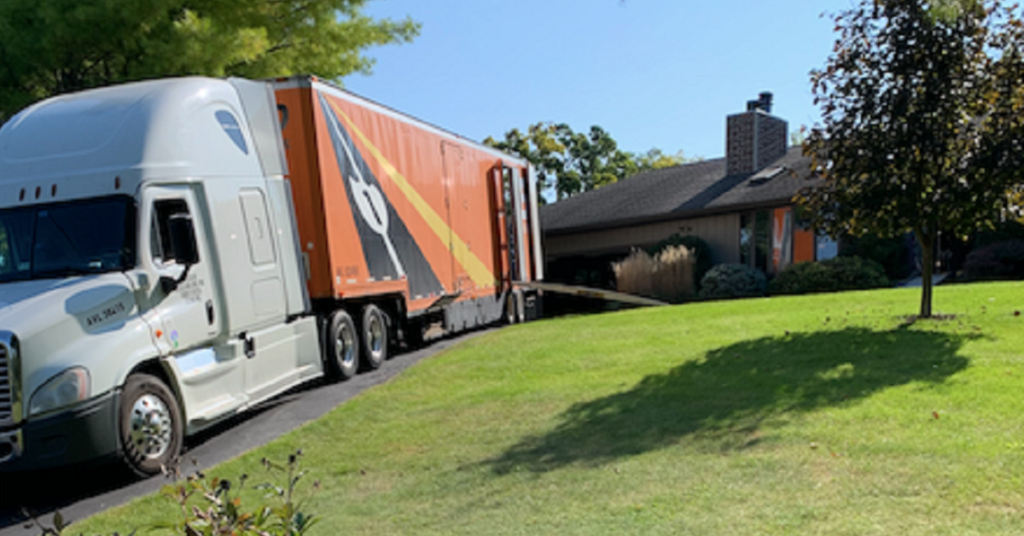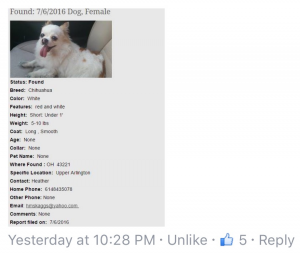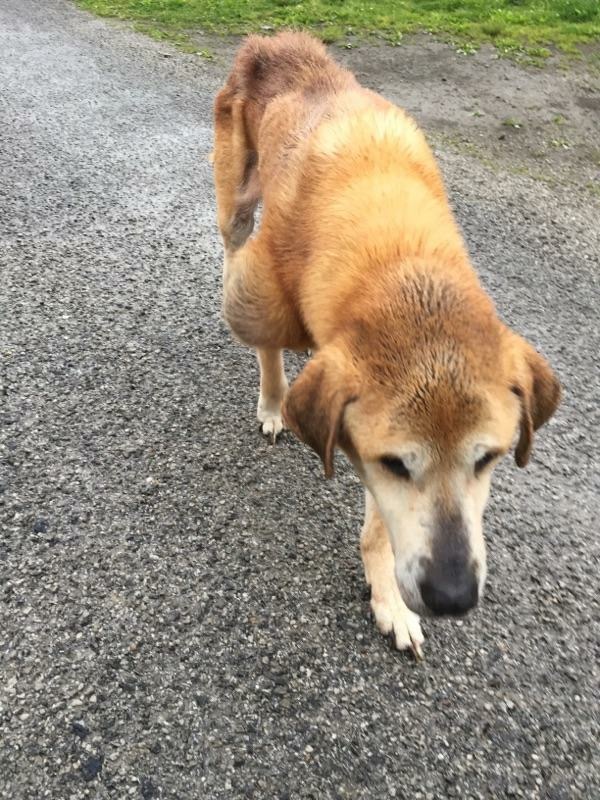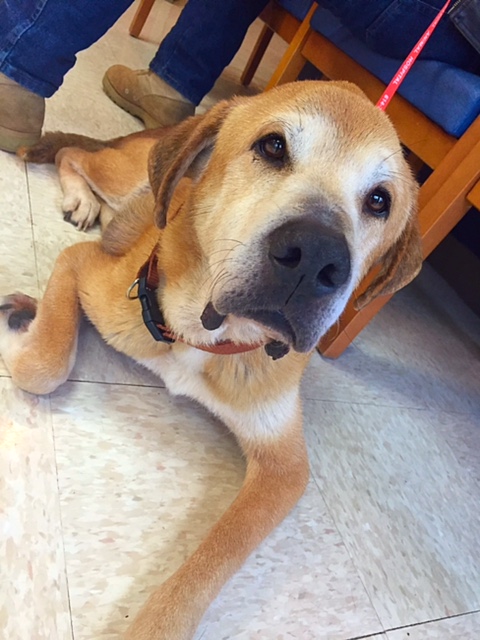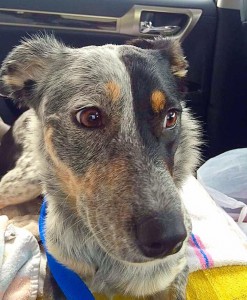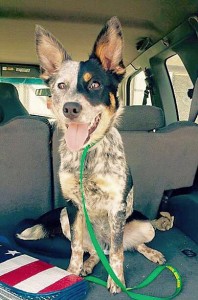Guest Post by Lost Dogs Illinois.
Dogs lost in rural areas can pose extra challenges because of the sparse population. It is not unusual for sightings to be few and far between or for there to be a long physical distance between sightings. It can also be difficult to get sightings when crops are tall or on roads where the majority of people are just passing through and driving fast.
Why do lost dogs like rural areas?
Scared lost dogs will often gravitate to a farm where it is quiet and there is a reliable food source like outdoor cat food or spilled grain. Farms provide a multitude of hiding places. Lost dogs will hide in sheds, old barns or under old farm machinery and creep out at dusk and dawn to eat. If the dog is not bothering livestock, farmers may let the dogs hang around indefinitely. But they may not proactively look for an owner because they assume that the dog was “dumped” at their farm.
Therefore, it is VERY important to flyer every farm in at least a 20-mile radius of where your dog went missing. Talk to the landowners and put a flyer in their hands. Ask them if they have seen your dog hanging around or passing through. Expand the radius to 30 miles or more if you do not get a sighting. Use Google Maps and Satellite Photos to look for roads that you may have missed. Make it EASY for people to contact you by making sure that they have a copy of your flyer in their truck or on their fridge.
Also:
- Deliver several copies of your flyer to any equine or farm animal veterinarians in the area. Ask them to pass them out to their employees and post one in the lobby for clients coming through the front door.
- Deliver several copies of your flyer to every equine facility in the area. Ask that they be passed out to boarders, trainers, farriers (blacksmiths), etc. who may routinely travel the route to and from the facility.
- Give copies of your flyer to all local delivery people including UPS, Fed Ex, United States Postal Service, garbage pick-up services, feed delivery, propane and diesel fuel delivery, septic services, etc. These people travel the back roads and need to know who to call if they see your dog. Do not expect them to proactively report a sighting without a flyer in their hand. They may not have time to look through listings or post to social media.
- Deliver flyers to all farm equipment dealers, farm supply stores and feed stores in the area. Ask to post one at the counter and on any bulletin boards.
- Post a flyer at any local gathering places such as coffee shops, diners, and taverns.
- Deliver flyers to the school bus drivers in the area.
- Ask farmers and hunters to check their game cameras for photos of your dog. Leave them a flyer so that they know who to call if they get a photo a week or a month from now!
- Use intersection signs at crossroads. Remember to get permission first!
- Ask landowners for permission to search old barns, sheds, and silos.
- Pay close attention to places where you see outdoor cats. There is probably a food source that your lost dog may also be visiting. Check for tracks or ask permission to set up a trail camera to monitor.
- Run an ad in the local newspaper or shopper.
Never Give Up! Lost dogs are safely recovered weeks, months and even years after they have gone missing. Your dog may be hanging around a farm and is relying on YOU to bring him safely home.

